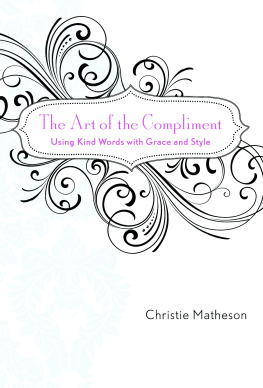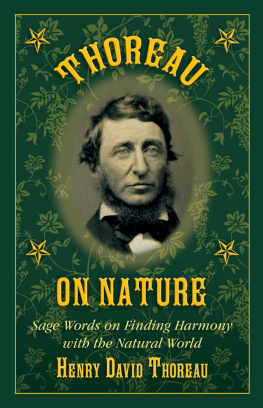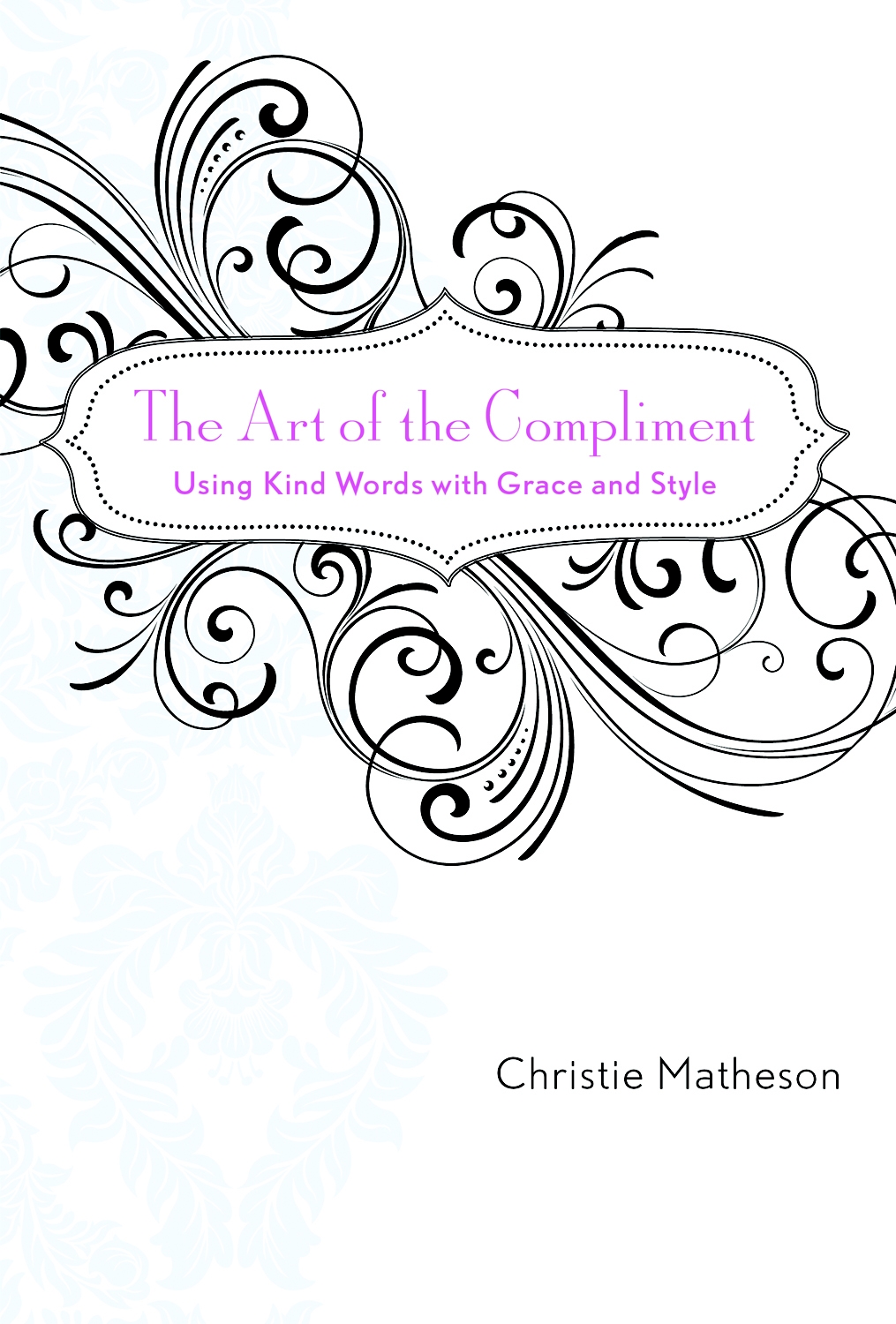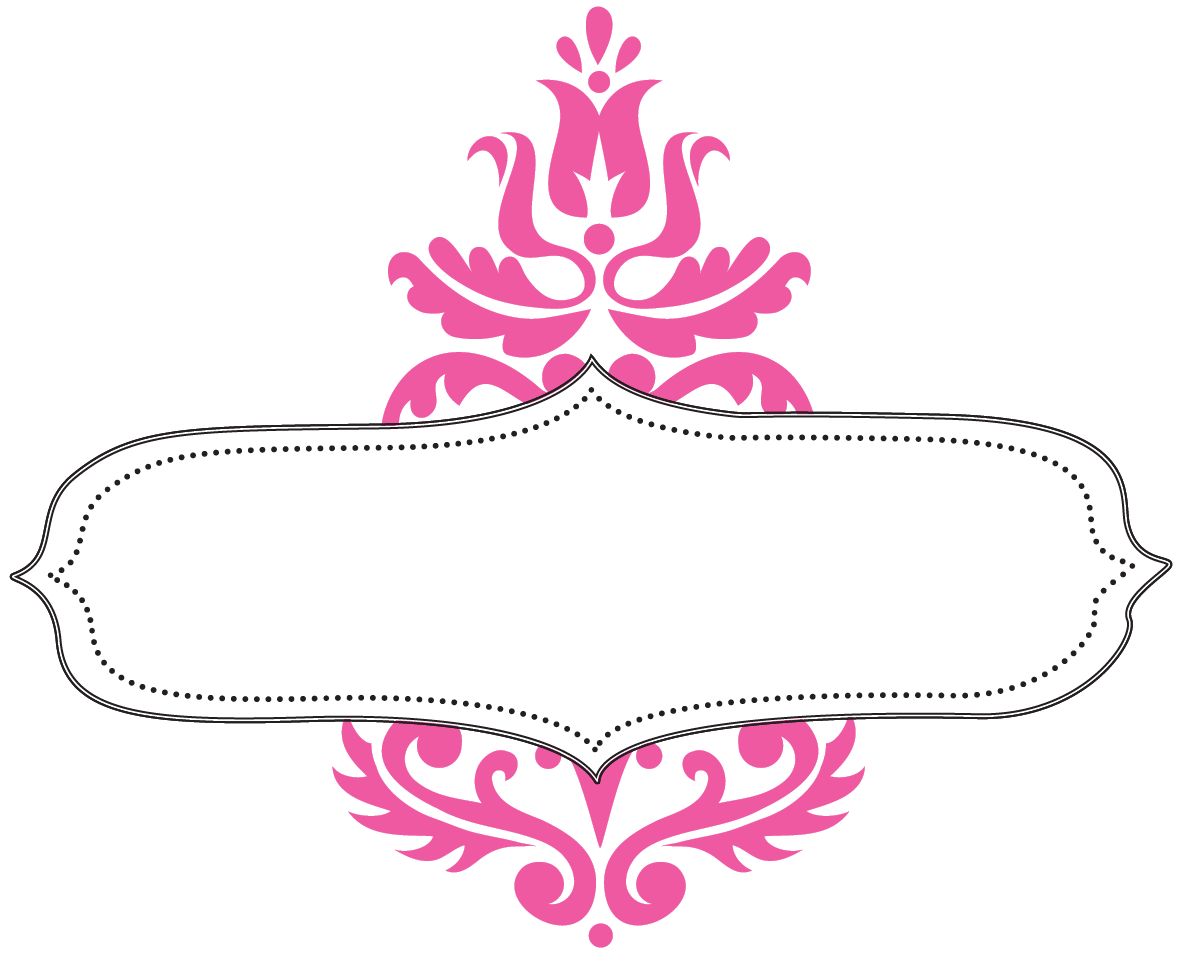About the Author
Christie Matheson is a writer whose work has appeared in Martha Stewart s Body + Soul, Glamour, Shape, Boston, San Francisco, Yoga Journal, and The Boston Globe Magazine . She is the author of Green Chic: Saving the Earth in Style and coauthor of Wine Mondays: Simple Wine Pairings with Seasonal Menus, The Confetti Cakes Cookbook, Confetti Cakes for Kids, and Tea Party . She lives in San Francisco, California and Boston, Massachusetts.
Resources (A Selected Bibliography)
These books were especially useful to me during the research and writing of The Art of the Compliment . If you like reading about etiquette, praise, and generally being a nice person, add these to your to-read list.
The Amy Vanderbilt Complete Book of Etiquette by Nancy Tuckerman and Nancy Dunnan (Doubleday, 1995)
Choosing Civility: The Twenty-five Rules of Considerate Conduct by P.M. Forni (St. Martins Press, 2003)
Drinking Problems at the Fountain of Youth by Beth Teitell (HarperCollins, 2008)
Emily Posts Etiquette, 17 th Edition by Peggy Post (HarperCollins, 2004)
Essential Manners for Men: What to Do, When to Do It, and Why by Peter Post (HarperCollins, 2003)
The 50 Greatest Love Letters of All Time, edited by David Lowenherz (Gramercy Books, 2005)
Funny Letters from Famous People, edited by Charles Osgood (Broadway Books, 2003)
How to Win Friends and Influence People by Dale Carnegie (revised edition, Simon & Schuster, 1981)
In Praise of Flattery by Willis Goth Regier (University of Nebraska Press, 2007)
Letters of the Century: America 1900-1999, edited by Lisa Grunwald and Stephen J. Adler (The Dial Press, 1999)
Love Letters of Great Men, edited by Ursula Doyle (St. Martins Press, 2008)
Manners by Kate Spade (Simon & Schuster, 2004)
Modern Manners: The Thinking Persons Guide to Social Graces , edited by Thomas P. Farley (Hearst Books, 2005)
Posterity: Letters of Great Americans to their Children by Dorie McCullough Lawson (Doubleday, 2004)
Social Graces: Words of Wisdom on Civility in a Changing Society , edited by Jim Brosseau (Hearst Books, 2002)
You re Too Kind: A Brief History of Flattery by Richard Stengel (Simon & Schuster, 2000)
A Brief History of Compliments
SOME HISTORIANS BELIEVE that the practice of paying compliments and flattering others is a hallmark of the beginning of civilized society. In 1714 the philosopher Bernard Mandeville commented that the earliest politicians thoroughly examined all the strength and frailties of [human] nature, and, observing that none were either so savage as not to be charmed with praise, or so despicable as patiently to bear contempt, justly concluded that flattery must be the most powerful argument that could be used to human creatures... They extolled the excellency of our nature above other animals, and setting forth with unbounded praises the wonders of our sagacity and vastness of understanding, bestowed a thousand encomiums on the rationality of our souls, by the help of which we were capable of performing the most noble achievements.
Take those wild men sprung from rocks
and treeswhat power brought them
into a civilized society if not flattery?
Erasmus
History is filled with memorable and tangible examples of praise, from Roman monuments to Shakespeares sonnets. The Egyptian pyramids, for example, were built as enormous, long-lasting tributes to royalty. History itself was first written and recorded as an exercise in praise of world rulers. Literature, tooespecially poetrybegan to flourish in the form of flattery to wealthy patrons. And those patrons loved it. After all, simply having someone compliment you as brilliant is nice, but having a poet write you an ode for all to read is sublime.
Poets penning complimentary words to their lovers dates back to at least the twelfth century, and smitten wooers have been giving compliments to the objects of their affection ever since. Shakespeare is a great source of inspiration for loverly complimentshe came up with such doozies as Of the very instant that I saw you, did my heart fly at your service, and I would not wish any companion in the world but you.
Even when creatures cant speak, they give praise. Look at chimpanzees, our closest ancestors. Chimps and other animals groom one another and mimic one anothers actionsforms of flattery.
More people are flattered into virtue
than bullied out of vice.
Robert Smith Surtees
True, some praise (and historic monuments, love sonnets, and poetry) goes well beyond the sphere of the simple compliment and morphs into serious sucking up. I dont suggest you go that far, but the enduring nature of flattery demonstrates just how much people like it. And as long as you keep it simple and sincere, its just a good compliment.
For centuries, great thinkers and leaders have understood and extolled the power of compliments. Abraham Lincoln was incredibly effective as a politician and president, in part because he rarely criticized and often complimented. Although it might seem counterintuitive not to criticize when you believe someone needs to change his or her behavior or tactics, praise can accomplish so much more.
One of the reasons British Prime Minister Benjamin Disraeli held so much sway with Queen Victoria was because he flattered her masterfully (and he readily admitted that he often laid it on pretty thickwith a trowel). More recently, Presidents Ronald Reagan and Bill Clinton both used an aptitude for paying compliments to help get elected and reelected. Had they not been so adept, American history might look very different. Even President Nixon paid attention to peoples interests and activities and gave sincere, meaningful complimentswhich helped to offset his famous awkwardness.
Fun fact: A 2008 study published in the journal Neuron found that giving someone a compliment activates the same reward center in the brain as paying him cash.
Politics isnt the only arena in which compliments come into play. Charles Schwab credited much of his business success to being hearty in my approbation and lavish in my praise. Andrew Carnegie and John D. Rockefeller often used compliments to inspire employees and to help land big deals. Compliments can be effective at every level of a workplace hierarchy.
Even in the very warmest, friendliest,
and simplest relations, flattery or praise
is needed just as grease is needed to















